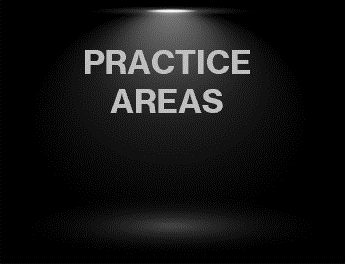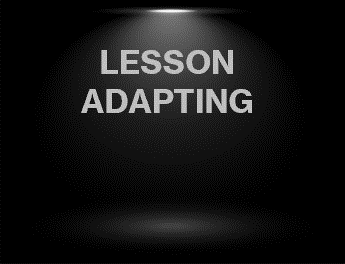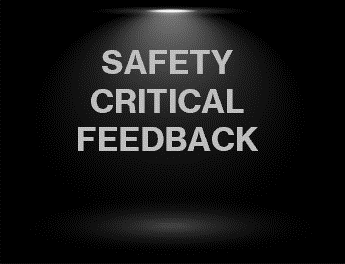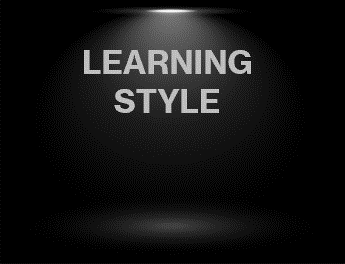Example.
INSTRUCTOR
"So the goals we've set up for today are to deal with larger volumes of pedestrians around a town centre are you happy with that?"
PUPIL
"Yes"
INSTRUCTOR
"So it's midday, what do you think we might come across today"
PUPIL
"Well, people might be having their lunch break from work so might be out grabbing some lunch"
INSTRUCTOR
"Yes, that's true, so based on that, what might we need to be a little bit more aware of?"
PUPIL
"They might be in a rush and not paying attention"
INSTRUCTOR
"Exactly! So what would be a good thing to consider while we drive through the town centre"
PUPIL
"I suppose if we stay a little slower so we could stop quickly if we need to. That would make things safer for us and the pedestrians".
INSTRUCTOR
"Are there any other things you may need to consider driving through a town centre?"
PUPIL
"Hmmm, I not quite sure"
INSTRUCTOR
"What type of road structure might be in place around a Town centre?"
PUPIL
"I'm Not quite sure what you mean by road structure"
INSTRUCTOR
"OK, Thanks for being honest there. Well in town centres it is quite common to find One Way streets to allow traffic to flow through the Town Centre more easily. So we may find that we have them to deal with as well. Are you comfortable with dealing with them?"
PUPIL
"Oh yes, we dealt with them the other day when we were near the Seafront. They had a One Way system running there as well"
INSTRUCTOR
"OK that's good that you are ok with them.
So is there any help you want from me with dealing with the possibility of larger volumes of pedestrians or the Town Centre roads themselves"
PUPIL
"If you could remind me to keep my speed slow if I'm not, that would be really helpful, but also mention if I am going too slow"
INSTRUCTOR
"OK, I can do that. Is there anything else you would want help with?"
PUPIL
"No, I don't think so. I'm comfortable with clutch control and checking around me where necessary.
I suppose it will be similar to some of the tight residential roads that we have driven, and the possibility of pedestrians coming out in between parked cars".
INSTRUCTOR
"Yes that's a really good example of things you have done before that carry similar conditions, If you go with the same form of defensive driving in the
Town Centre as you do on tight residential roads you'll be in the correct frame of mind to deal with them, Well done."
Are you happy to continue on?"
PUPIL
"Yes let's do this"
















